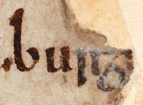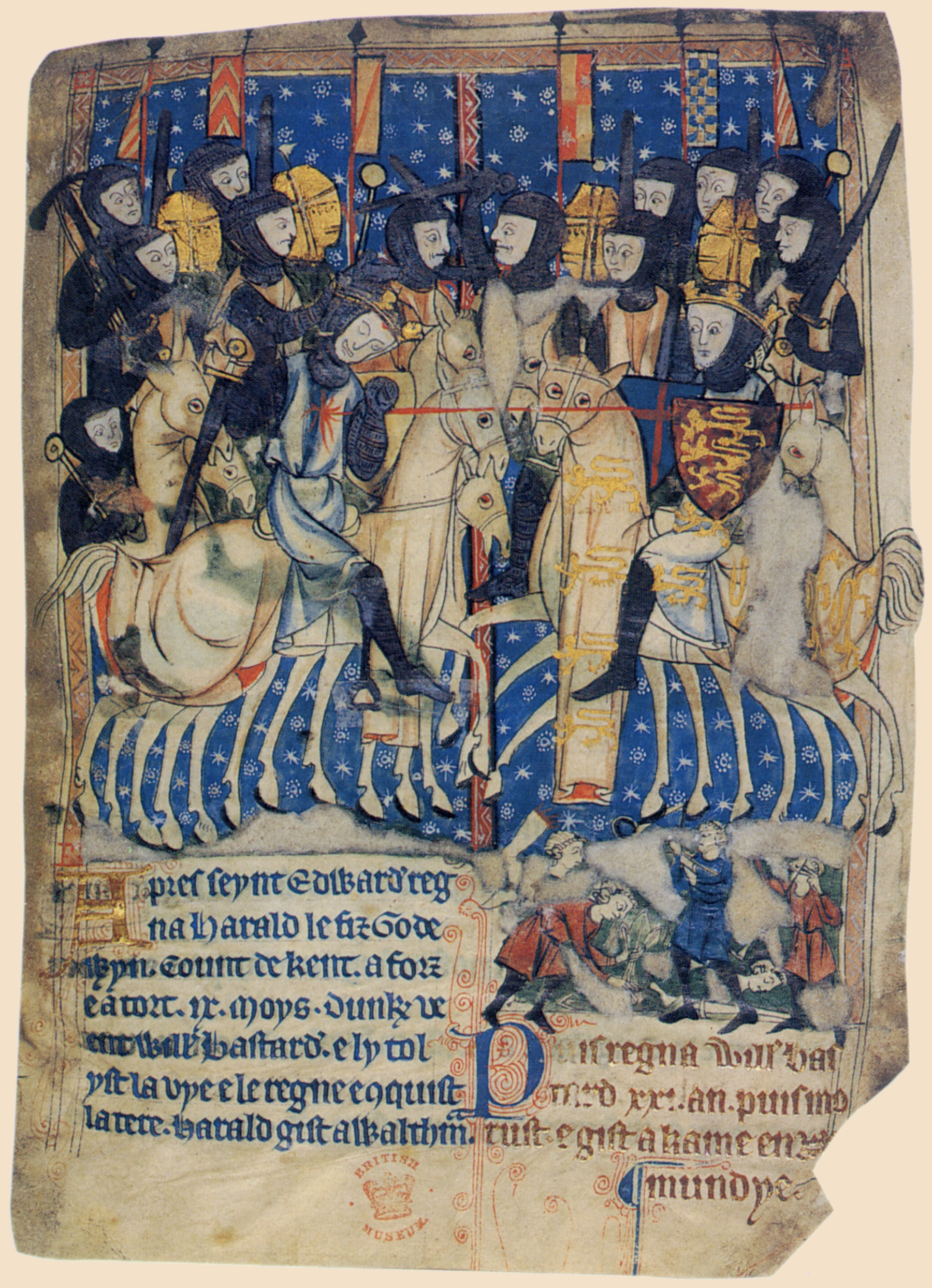|
Rye Foreign
Rye Foreign is a small hamlet and civil parish in the Rother district of East Sussex, England. The hamlet is about 2 miles (or 3 km) north-west of Rye, immediately to the east of the larger village of Peasmarsh. The name of the parish came about in 1247, when King Henry III reassumed control of Rye and Winchelsea from the Abbey of Fecamp, but left part of the area still under the Abbey: hence "Rye Foreign". There is no parish church, although the building still stands in secular use. The parish also includes ''Bowler's Town'' and ''Springfield''. The parish was formed in 1894 from the part of the ancient parish of Rye outside the borough of Rye. From 1894 to 1934 it was part of the rural district of Hastings. From 1934 to 1974 it was in the Battle Rural District. The local inns are the ''Royal Oak'' and the ''Hare and Hounds''. Landmarks The Site of Special Scientific Interest Leasam Heronry Wood is to be found within the parish. The site is a nationally important heronry ... [...More Info...] [...Related Items...] OR: [Wikipedia] [Google] [Baidu] |
Hastings And Rye (UK Parliament Constituency)
Hastings and Rye is a Constituencies of the Parliament of the United Kingdom, constituency in East Sussex represented in the House of Commons of the United Kingdom, House of Commons of the Parliament of the United Kingdom, UK Parliament since 2024 United Kingdom general election, 2024 by Helena Dollimore of the Labour and Co-operative Party. Constituency profile As its name suggests, the main settlements in the constituency are the seaside resort of Hastings and smaller nearby tourist town of Rye, East Sussex, Rye. The constituency also includes the Cinque Port of Winchelsea and the villages of Fairlight, East Sussex, Fairlight, Winchelsea Beach, Three Oaks, Guestling, Icklesham, Playden, Iden, East Sussex, Iden, Rye Harbour, East Guldeford, Camber, East Sussex, Camber, and Pett. The constituency is set in a relatively isolated part of the southeast from the railways perspective and so does not enjoy some of the more general affluence of this part of the country. In the 2000 i ... [...More Info...] [...Related Items...] OR: [Wikipedia] [Google] [Baidu] |
Borough
A borough is an administrative division in various English language, English-speaking countries. In principle, the term ''borough'' designates a self-governing walled town, although in practice, official use of the term varies widely. History In the Middle Ages, boroughs were settlements in England that were granted some self-government; burghs were the Scottish equivalent. In medieval England, boroughs were also entitled to elect members of Parliament of England, parliament. The use of the word ''borough'' probably derives from the burghal system of Alfred the Great. Alfred set up a system of defensive strong points (Burhs); in order to maintain these particular settlements, he granted them a degree of autonomy. After the Norman Conquest, when certain towns were granted self-governance, the concept of the burh/borough seems to have been reused to mean a self-governing settlement. The concept of the borough has been used repeatedly (and often differently) throughout the world. ... [...More Info...] [...Related Items...] OR: [Wikipedia] [Google] [Baidu] |
Hamlets In East Sussex
A hamlet is a human settlement that is smaller than a town or village. This is often simply an informal description of a smaller settlement or possibly a subdivision or satellite entity to a larger settlement. Sometimes a hamlet is defined for official or administrative purposes. The word and concept of a hamlet can be traced back to Norman England, where the Old French came to apply to small human settlements. Etymology The word comes from Anglo-Norman ', corresponding to Old French ', the diminutive of Old French ' meaning a little village. This, in turn, is a diminutive of Old French ', possibly borrowed from (West Germanic languages">West Germanic) Franconian languages. It is related to the modern French ', Dutch language, Dutch ', Frisian languages, Frisian ', German ', Old English ', and Modern English ''home''. By country Afghanistan In Afghanistan, the counterpart of the hamlet is the qala (Dari: قلعه, Pashto: کلي) meaning "fort" or "hamlet". The A ... [...More Info...] [...Related Items...] OR: [Wikipedia] [Google] [Baidu] |
Heronry
A heronry, sometimes called a heron rookery, is a breeding ground for herons. Notable heronries Although their breeding territories are often on more protected small islands in lakes or retention ponds, herons breed in heronries (or also called rookeries, especially since other birds join them like spoonbills, storks, and cormorants). Some of the notable heronries are: Asia * Kaggaladu Heronry is in Karnataka state of India. This heronry, in the Tumkur district of Karnataka, was first made known to the outside world in 1999 by members of the Tumkur-based NGO Wildlife Aware Nature Club. Europe * Cleeve Heronry (), in a ...[...More Info...] [...Related Items...] OR: [Wikipedia] [Google] [Baidu] |
Leasam Heronry Wood
Leasam Heronry Wood is a biological Site of Special Scientific Interest north-west of Rye in East Sussex. This wood is not long established but it contains a nationally important heronry A heronry, sometimes called a heron rookery, is a breeding ground for herons. Notable heronries Although their breeding territories are often on more protected small islands in lakes or retention ponds, herons breed in heronries (or also called .... The birds began to use the site in 1935 and have bred there since 1940. There are over fifty breeding pairs, around 1% of the British population. The site is private land with no public access. References {{SSSIs East Sussex Sites of Special Scientific Interest in East Sussex ... [...More Info...] [...Related Items...] OR: [Wikipedia] [Google] [Baidu] |
Site Of Special Scientific Interest
A Site of Special Scientific Interest (SSSI) in Great Britain, or an Area of Special Scientific Interest (ASSI) in the Isle of Man and Northern Ireland, is a conservation designation denoting a protected area in the United Kingdom and Isle of Man. SSSI/ASSIs are the basic building block of site-based nature conservation legislation and most other legal nature/geological conservation designations in the United Kingdom are based upon them, including national nature reserve (United Kingdom), national nature reserves, Ramsar Convention, Ramsar sites, Special Protection Areas, and Special Area of Conservation, Special Areas of Conservation. The acronym "SSSI" is often pronounced "triple-S I". Selection and conservation Sites notified for their Biology, biological interest are known as Biological SSSIs (or ASSIs), and those notified for geological or Physical geography, physiographic interest are Geological SSSIs (or ASSIs). Sites may be divided into management units, with some a ... [...More Info...] [...Related Items...] OR: [Wikipedia] [Google] [Baidu] |
Battle, East Sussex
Battle is a town and civil parishes in England, civil parish in the Districts of England, district of Rother District, Rother in East Sussex, England. It lies south-east of London, east of Brighton and east of Lewes. Hastings is to the south-east and Bexhill-on-Sea to the south. Battle is in the designated High Weald Area of Outstanding Natural Beauty. The parish population was 6,673 according to the 2011 Census and 6,800 in the 2021 census. Battle contains the site of, and is named after, the Battle of Hastings, where William, Duke of Normandy, defeated King Harold II of England, Harold II to become William I of England in 1066. For some 250 years after 1066, official documents referred to the town as (Latin) Bellum or (French) Bataille. History Prior to 1066, the area had been relatively empty and unpopulated. The nearest settlement was probably located in today's Netherfield ward, within a large, wealthy, ancient Hundred (county division), hundred called Hailesaltede. [...More Info...] [...Related Items...] OR: [Wikipedia] [Google] [Baidu] |
Hastings
Hastings ( ) is a seaside town and Borough status in the United Kingdom, borough in East Sussex on the south coast of England, east of Lewes and south east of London. The town gives its name to the Battle of Hastings, which took place to the north-west at Senlac Hill in 1066. It later became one of the medieval Cinque Ports. In the 19th century, it was a popular seaside resort, as the railway allowed tourists and visitors to reach the town. Hastings remains a popular seaside resort and is also a fishing port, with the UK's largest beach-based fishing fleet. The town's estimated population was 91,100 in 2021. History Early history The first mention of Hastings is from the late 8th century in the form ''Hastingas''. This is derived from the Old English tribal name ''Hæstingas'', meaning 'the constituency (followers) of Hæsta'. Symeon of Durham records the victory of Offa in 771 over the ''Hestingorum gens'', that is, "the people of the Hastings tribe." Hastingleigh in Kent ... [...More Info...] [...Related Items...] OR: [Wikipedia] [Google] [Baidu] |
Boxing The Compass
The points of the compass are a set of horizontal, radially arrayed compass directions (or azimuths) used in navigation and cartography. A '' compass rose'' is primarily composed of four cardinal directions—north, east, south, and west—each separated by 90 degrees, and secondarily divided by four ordinal (intercardinal) directions—northeast, southeast, southwest, and northwest—each located halfway between two cardinal directions. Some disciplines such as meteorology and navigation further divide the compass with additional azimuths. Within European tradition, a fully defined compass has 32 "points" (and any finer subdivisions are described in fractions of points). Compass points or compass directions are valuable in that they allow a user to refer to a specific azimuth in a colloquial fashion, without having to compute or remember degrees. Designations The names of the compass point directions follow these rules: 8-wind compass rose * The four cardinal direc ... [...More Info...] [...Related Items...] OR: [Wikipedia] [Google] [Baidu] |
Winchelsea
Winchelsea () is a town in the county of East Sussex, England, located between the High Weald and the Romney Marsh, approximately south west of Rye and north east of Hastings. The current town, which was founded in 1288, replaced an earlier town of the same name, known as Old Winchelsea, that was lost to coastal erosion in the late medieval period. Winchelsea is part of the civil parish of Icklesham. The mayor of Winchelsea is chosen each year from amongst the members of the corporation, who are known as freemen, rather than being elected by public vote. New freemen are themselves chosen by existing members of the corporation. Thus, in its current form, the corporation is effectively a relic of Winchelsea's days as a 'rotten borough' (when Winchelsea elected two MPs but the number of voters was restricted to about a dozen, sometimes fewer). The corporation lost its remaining civil and judicial powers in 1886 but was preserved as a charity by an Act of Parliament to maint ... [...More Info...] [...Related Items...] OR: [Wikipedia] [Google] [Baidu] |
Henry III Of England
Henry III (1 October 1207 – 16 November 1272), also known as Henry of Winchester, was King of England, Lord of Ireland, and Duke of Aquitaine from 1216 until his death in 1272. The son of John, King of England, King John and Isabella of Angoulême, Henry assumed the throne when he was only nine in the middle of the First Barons' War. Cardinal Guala Bicchieri declared the war against the rebel barons to be a religious crusade and Henry's forces, led by William Marshal, defeated the rebels at the battles of Battle of Lincoln (1217), Lincoln and Battle of Sandwich (1217), Sandwich in 1217. Henry promised to abide by the Magna Carta#Great Charter of 1225, Great Charter of 1225, a later version of the 1215 Magna Carta, which limited royal power and protected the rights of the major barons. Henry's early reign was dominated first by William Marshal, and after his death in 1219 by the magnate Hubert de Burgh. In 1230, the King attempted to reconquer the Angevin Empire, provinces of ... [...More Info...] [...Related Items...] OR: [Wikipedia] [Google] [Baidu] |




